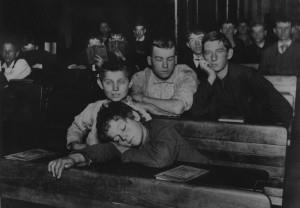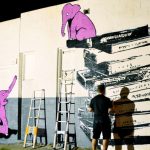How We Learn – One Size Doesn’t Fit All
November 11, 2015
A modern marketer’s job is never dull. It never ends either. Especially when the marketing technology stack keeps growing and we use so many different applications and technologies in our daily tasks. We are learning on the job every second of the day because more than any other industry, marketing is dynamically changing every day. Demand generation, public relations, customer success and uses of channels like social media and even email are much different today than they were a few years ago. Not to mention, the rules of engagement change constantly (CAN-SPAM, new Google algorithms) and success is measured by impact on the business versus vanity metrics like clicks and opens. Truly, only engagement, conversions and revenue matter at a high level for most organizations. And for marketers, that makes our jobs tougher than ever.
 So then, how do we learn? How do we become successful in new areas like data analytics or marketing automation? Individuals learn at different speeds, and respond to different methods, so one size doesn’t fit all. And for organizations trying to provide training or access to new information for their marketing teams, it is critical to understand how different people learn to optimize marketing enablement efforts.
So then, how do we learn? How do we become successful in new areas like data analytics or marketing automation? Individuals learn at different speeds, and respond to different methods, so one size doesn’t fit all. And for organizations trying to provide training or access to new information for their marketing teams, it is critical to understand how different people learn to optimize marketing enablement efforts.
In general, there are three types of learning that are well-known and it’s largely accepted that most people need a combination of all three styles to learn effectively:
- Visual: Uses visual objects and prefers seeing information graphically to learn. Develop content like white papers, eBooks, infographics or analyst reports for visual learners.
- Auditory: Learns best through hearing and speaking. Think about webinars, podcasts and lectures as types of content for auditory learners.
- Kinesthetic: This type prefers a hands-on approach to learning via demonstration over verbal explanation. Workshops, hands-on keyboard training sessions and live trainings work best for these learners.
A recent study indicated that organizations rate their marketing personnel as less than 8% effective in executing demand generation. For this reason, it is important to offer a variety of training options to suit employees, and to encourage them to gain new skills or perfect existing skills. Engaged employees are more productive, by 22% in fact according to an article in Harvard Business Review. Even more significant, engaged organizations have double the rate of success than less engaged organizations.
So, let your employees learn, help them learn and provide a variety of options for their learning—a once a year trade show won’t cut it to keep the best employees engaged. Let them seek out new ways to learn and when you are creating content for your buyers—remember, one size doesn’t fit all. We all learn differently and have preferences on how we like to consume information.
Business & Finance Articles on Business 2 Community
(18)













